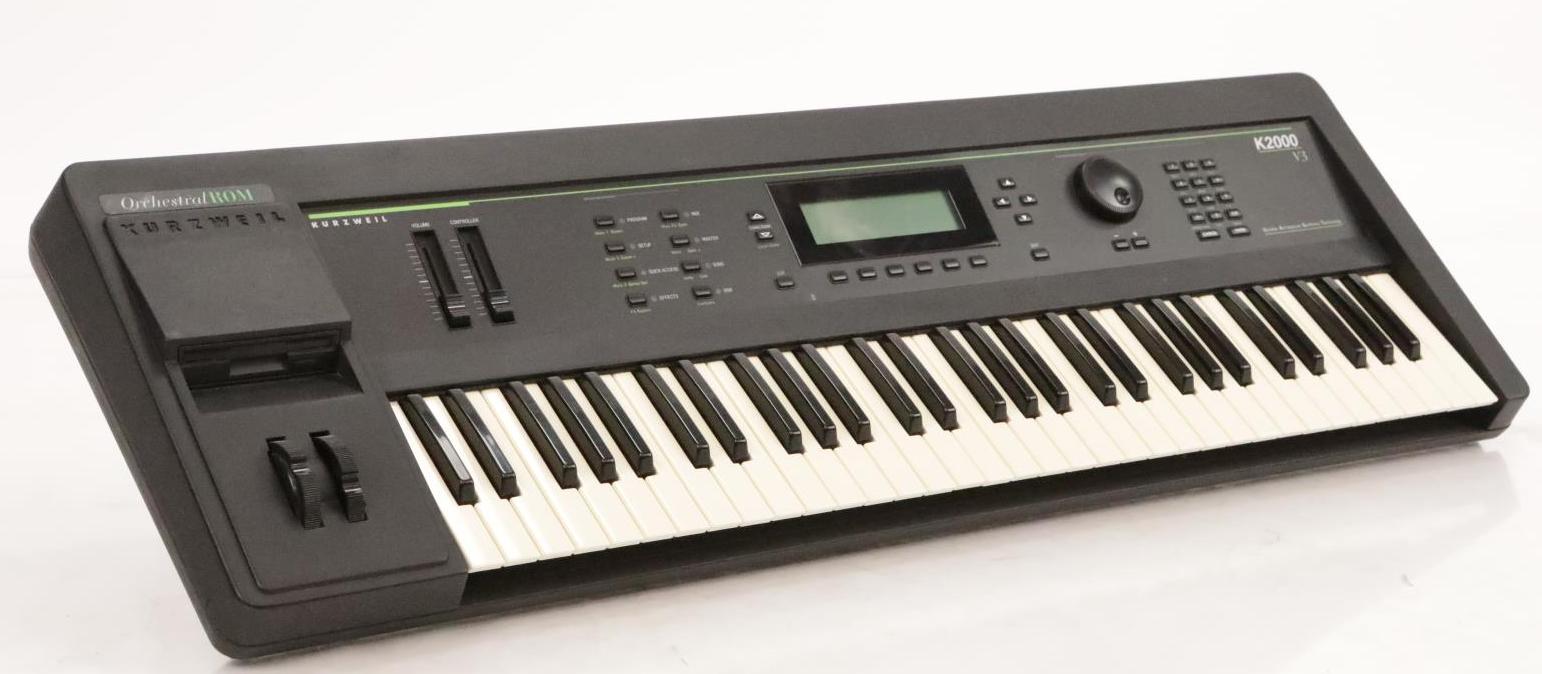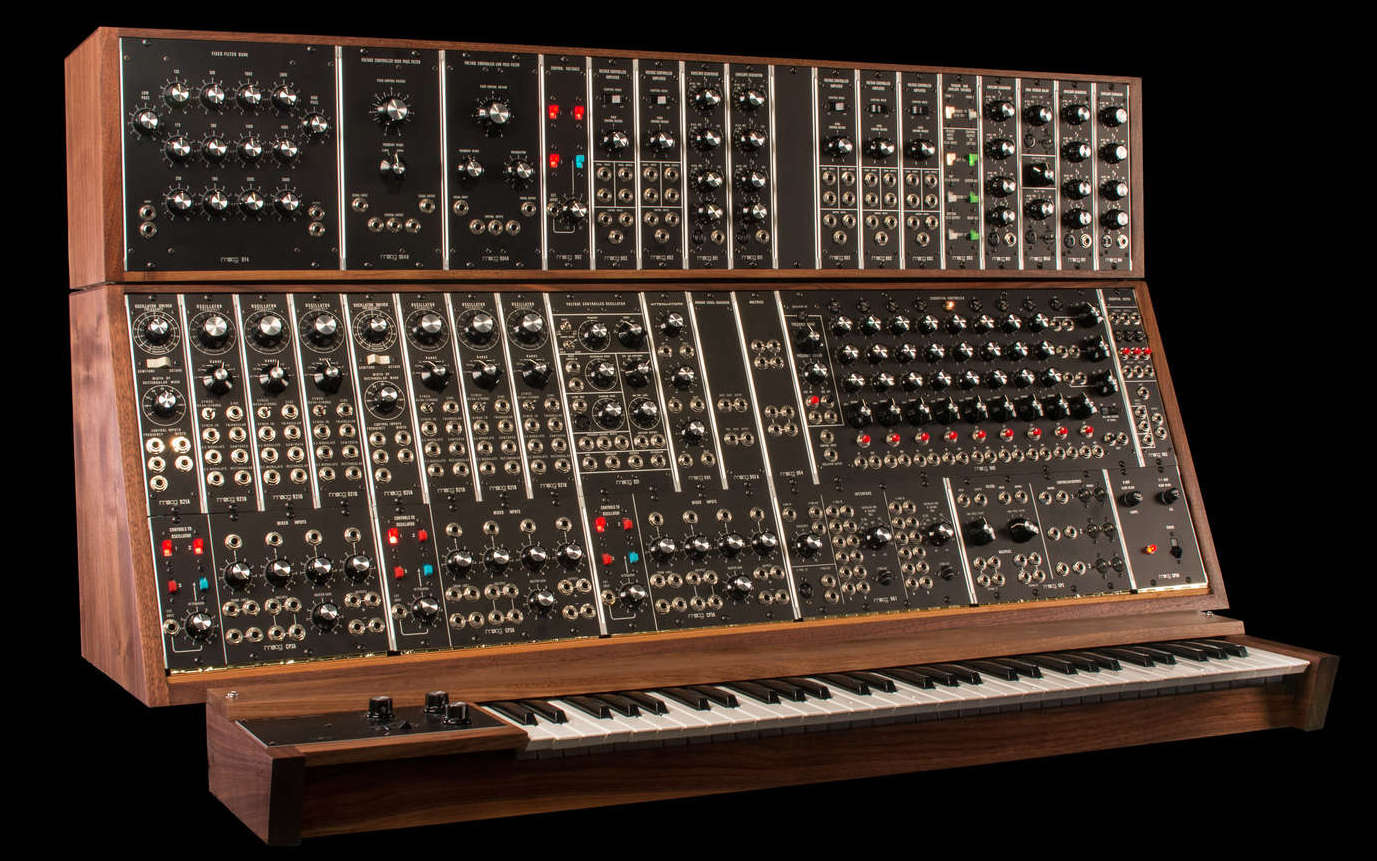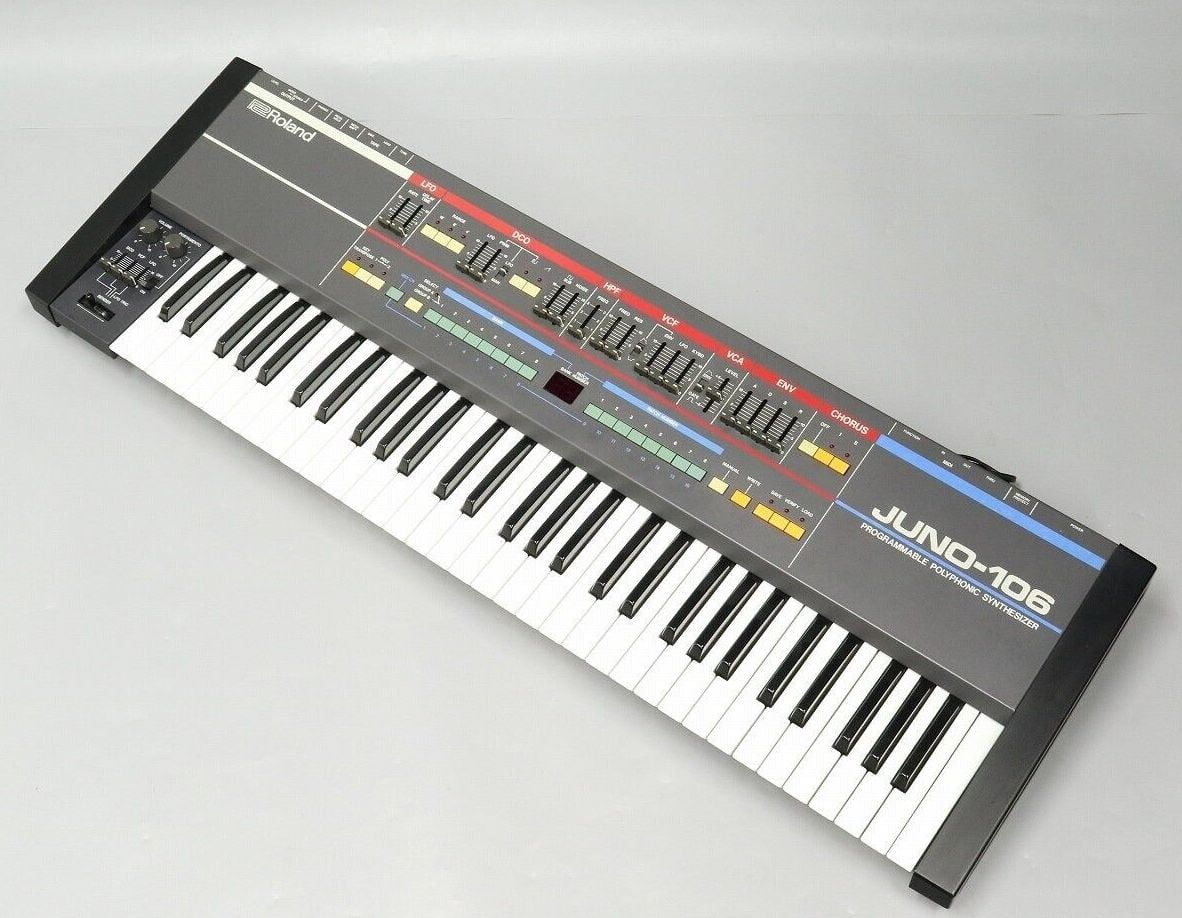Introduction
The Kurzweil K2000 is a digital synthesizer and music workstation that was produced by Kurzweil Music Systems between 1991 and 2000. It was a flagship product for Kurzweil and helped establish the company as a leader in professional synthesizer technology.
The K2000 was revolutionary when it was first released, introducing Kurzweil’s V.A.S.T. (Variable Architecture Synthesis Technology) engine. This allowed unprecedented flexibility in synthesizer sound design by providing multiple parallel DSP-powered synthesis and effects modules that could be freely combined[1].
The K2000 became popular with professional musicians and producers and appeared on many hit records in the 1990s. It has remained influential long after it went out of production, with many software synthesizers seeking to emulate its sound and flexibility[2][3].
Designers
The K2000 was designed by a team at Kurzweil Music Systems led by company founder Ray Kurzweil. Kurzweil was a pioneer in music technology and artificial intelligence, developing early reading machines for the blind and text-to-speech software. In the early 1980s, Kurzweil decided to apply advanced DSP technology to develop a synthesizer that could realistically emulate acoustic instruments like the piano and violin[4].
The Kurzweil K250, released in 1984, was the first result of this work. While limited compared to later models, it demonstrated Kurzweil’s core concepts of using parallel DSP processing and extensive sampling to achieve high-quality instrument emulations[5].
Building on this foundation, chief engineer Dave Rossum led the hardware design for the K2000. Rossum was an industry veteran who had previously founded E-MU Systems and helped develop early samplers and drum machines[6]. The software and synthesis architecture was developed by a team including Scott Frankfurt, who created the V.A.S.T. engine[7].
Impact and Popularity
The K2000 was immediately popular when it was first released in 1991. It sounded fantastic, with detailed sampled acoustic instruments and sharp, punchy synthetic tones. The complex V.A.S.T architecture provided almost unlimited flexibility in sound design[8].
The K2000 became widely used in professional studios for music, film, TV, and radio[9]. Well-known artists who used the K2000 include Stevie Wonder, Herbie Hancock, Eric Clapton, Peter Gabriel, and Nine Inch Nails[10]. It was often heard in pop, rock, electronic, and soundtrack music throughout the 1990s.
Several improved models were introduced over the K2000’s lifetime, adding better displays, more memory, and new features like sampling and sequencing. Over 100,000 units were produced in total[11]. While other workstations eventually surpassed its capabilities, the K2000 remained popular for its sound quality and flexibility.
Technical Specifications and Features
The K2000 was based around custom DSP chips running Kurzweil’s V.A.S.T. synthesis software. V.A.S.T. provided multiple parallel processing blocks, including oscillators, filters, envelopes, and effects[12].
The base K2000 had 24 voices of polyphony. It could play up to 16 simultaneous patches, with up to 3 layered oscillators per voice. Oscillators could use sampled waveforms or several types of synthetic waveforms[13].
There was a deep modulation matrix for shaping sounds. High-quality effects included reverb, chorus, EQ, distortion, and more. The 61-note keyboard had aftertouch and could send MIDI controller data[14].
Later K2000 models added the ability to do 16-bit, 44.1 kHz sampling of external audio input. Memory could be expanded to 64MB for longer samples. The K2000VP model added General MIDI and SMPTE sync for film/TV use[15].
Influence on Music Production
The K2000 helped introduce the concept of the hardware workstation in the 1990s. Its sound quality and flexibility made it indispensable in professional studios[16].
The K2000 was one of the first affordable synthesizers with quality sampled pianos, brass, strings, and other acoustic instruments. This allowed composers to create realistic mockups and final productions entirely “in the box”[17].
V.A.S.T. was an early precursor to the synth engines used in modern software instruments. The K2000’s approach of layering and blending different synth blocks inspired many later designs[18].
The K2000 proved that digital synthesizers could move beyond simple playback of sampled waveforms. Its complex synthesis capabilities and warm, analog-like sound were a revelation at the time.
Though the K2000 is now considered a vintage instrument, its innovative design and sounds remain influential. Modern virtual analog and sample-based synthesizers owe a debt to this pioneering Kurzweil keyboard.
Citations:
[1] https://www.synthtopia.com/content/2023/01/09/the-kurzweil-k2000-synthesizer-an-underrated-classic/
[2] https://youtube.com/watch?v=bHZIjze5Z00&t=88
[3] https://gearspace.com/board/electronic-music-instruments-and-electronic-music-production/592554-low-cost-polys-kurzweil-k2000-v3-synth-used-nick-rhodes-amp-pf.html
[4] https://gearspace.com/board/so-much-gear-so-little-time/790762-kurzweil-k2000-still-worth-film-scoring.html
[5] https://soundprogramming.net/synthesizers/kurzweil/kurzweil-k2000/
[6] https://kurzweil.com/k2000/
[7] http://www.muzines.co.uk/articles/kurzweil-k2000/1016
[8] https://groups.google.com/g/rec.music.makers.synth/c/24ekgVEjvqc/m/iXX5LqKoglgJ
[9] https://soundprogramming.net/synthesizers/kurzweil/kurzweil-k2000r/
[10] https://www.vintagesynth.com/kurzweil/k2000.php
[11] https://www.synthlearn.com/kurzweil-k2000.html
[12] https://en.wikipedia.org/wiki/Kurzweil_Music_Systems
[13] https://gearspace.com/board/electronic-music-instruments-and-electronic-music-production/700296-kurzweil-k2000-classic.html
[14] https://reverb.com/p/kurzweil-k2000
[15] https://www.reddit.com/r/synthesizers/comments/2a6g84/whats_up_with_the_kurzweil_k2000/
[16] https://www.soundonsound.com/reviews/kurzweil-k2000vp
[17] https://en.wikipedia.org/wiki/Kurzweil_K2000
[18] https://www.synthmania.com/k2000_v3.htm






There’re are no softy’s that can emulate what V.A.S.T. does even in this day & age folk’s¡!